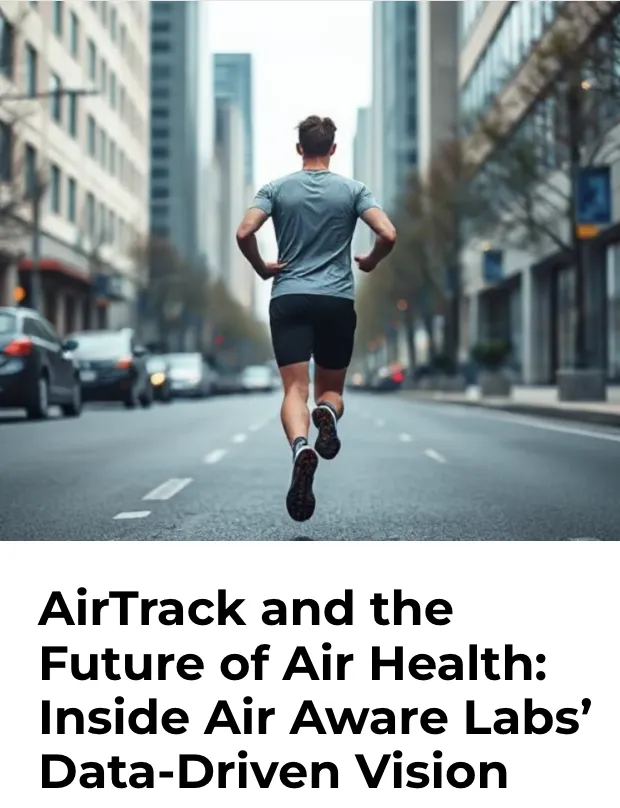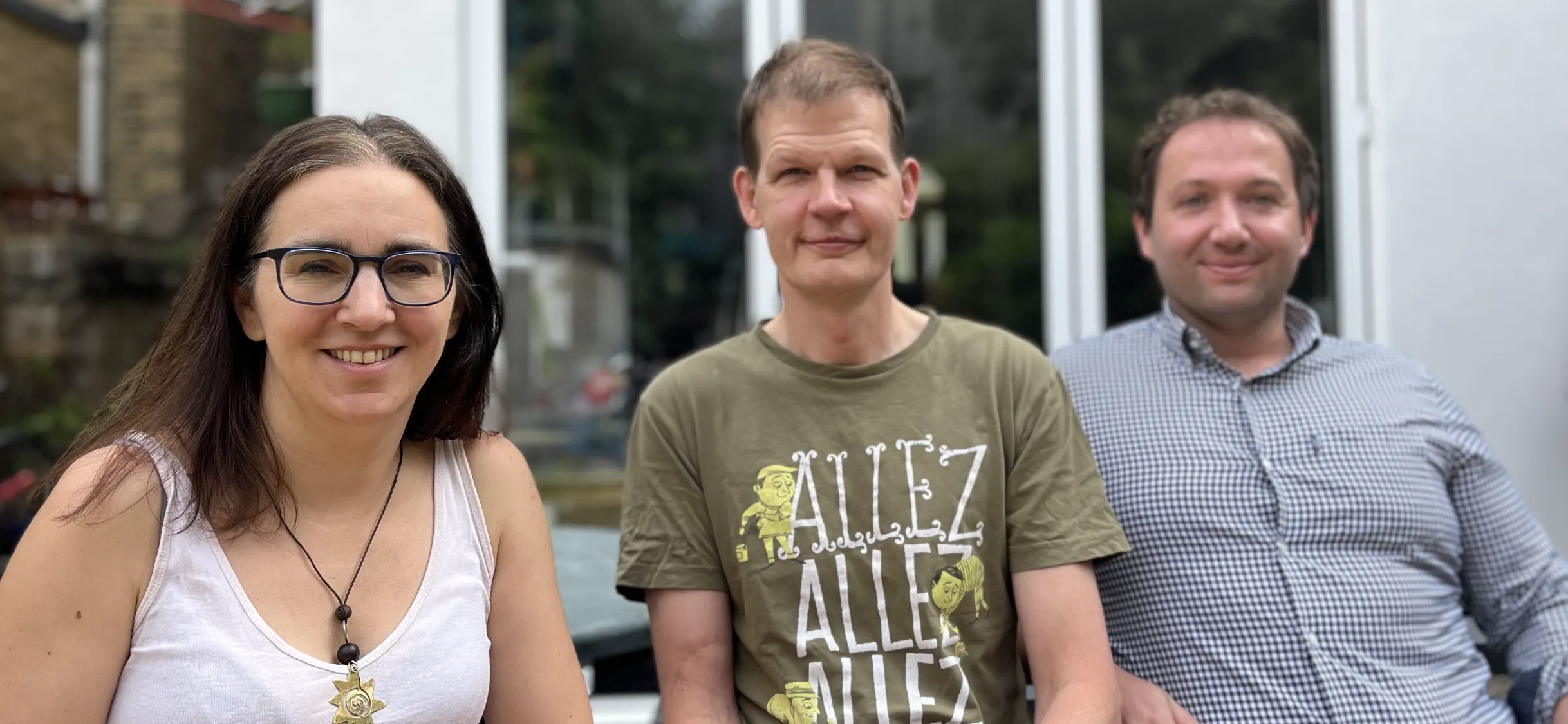Tagesspiegel Stadtplanung interview with our CSO

Bastian Hosan:
You make air quality data accessible to everyone. How and why?
Will Hicks:
The "why" is simple: I believe we can help people live healthier lives if they know what the air quality around them is like.
Now, onto the "how."
We create real-time models that show pollution exposure levels for individuals based on their location. Users can see what levels of pollution they are exposed to while commuting, exercising, or engaging in outdoor activities.
How do you collect this data?
Our data is based on a Google model, which integrates local sensors, satellite imagery, and traffic data. What we do is transform this data into personalized exposure values using our technology.
Our algorithm considers factors like breathing rate and heart rate during activities such as exercise. It also calculates exposure time in polluted areas to provide a comprehensive picture of individual exposure.
What is the benefit of this?
In 2021, around 250,000 people in the EU died due to air pollution. What further reason do we need?
Air pollution is a major and well-known issue. But it is often viewed as a structural problem. Why are you addressing it on an individual level?
According to the World Health Organization (WHO), air pollution is the second largest global health risk, causing 7 to 8 million deaths worldwide each year. In the EU alone, the numbers are staggering.
Long-term exposure to pollution contributes to heart and lung diseases, neurological disorders, and fertility problems. In the short term, it can significantly impact athletic performance and worsen respiratory conditions like asthma.
Air Aware Labs is a relatively young startup. Who is your target audience?
Right now, we are focusing on fitness enthusiasts. The reason is simple: they are frequently outdoors and highly health-conscious.
At the same time, we are expanding into the B2B sector, providing our data to businesses that work in health, urban planning, and insurance. Our data is also valuable in healthcare, helping to allocate resources effectively and identify at-risk groups earlier.
Are users responding to it?
Yes, very well! Without any paid advertising, we have already gained 800 users and received business inquiries. Fitness apps like Strava have shown interest.
So, in the long run, could governments and insurers also benefit?
Yes. But with insurance companies, we must act carefully. The goal shouldn’t be to penalize people in polluted areas with higher premiums. Instead, we should create incentives for healthier behavior.
For example, insurers could offer lower premiums for users who actively choose cleaner routes. This would be a win-win: better health for individuals and reduced healthcare costs.
How could your technology support city governments?
Many cities already monitor air pollution using sensors, but these are often placed only in specific locations.
We complement this by showing where people are actually exposed to pollution. Air pollution is a highly localized issue—what matters is where high levels occur and whether these areas are densely populated. Our data can help urban planners design parks or cycling routes with lower pollution exposure.
Isn't air pollution more of a global issue?
Yes and no.
While CO₂ has global effects, other pollutants like nitrogen dioxide (NO₂) and fine particulate matter (PM2.5) have local impacts. They do not travel far, meaning small changes—such as urban planning improvements or choosing cleaner routes—can have significant effects.
Which air pollutants are the most dangerous?
We track:
- Nitrogen dioxide (NO₂) – primarily from traffic emissions, which can become toxic when it reacts with oxygen.
- Fine particulate matter (PM2.5) – particularly dangerous because it can penetrate all organs.
- Ground-level ozone (O₃) – forms under sunlight and is often higher in suburban areas than in city centers.
Can you estimate how many lives your technology could save?It's complex.Air pollution causes 8 million premature deaths globally each year. We estimate that our technology could reduce exposure by 20-30%. Even small reductions in PM2.5 can have huge health benefits.But our goal is not just saving lives—it’s about improving overall health and quality of life.


.svg)










